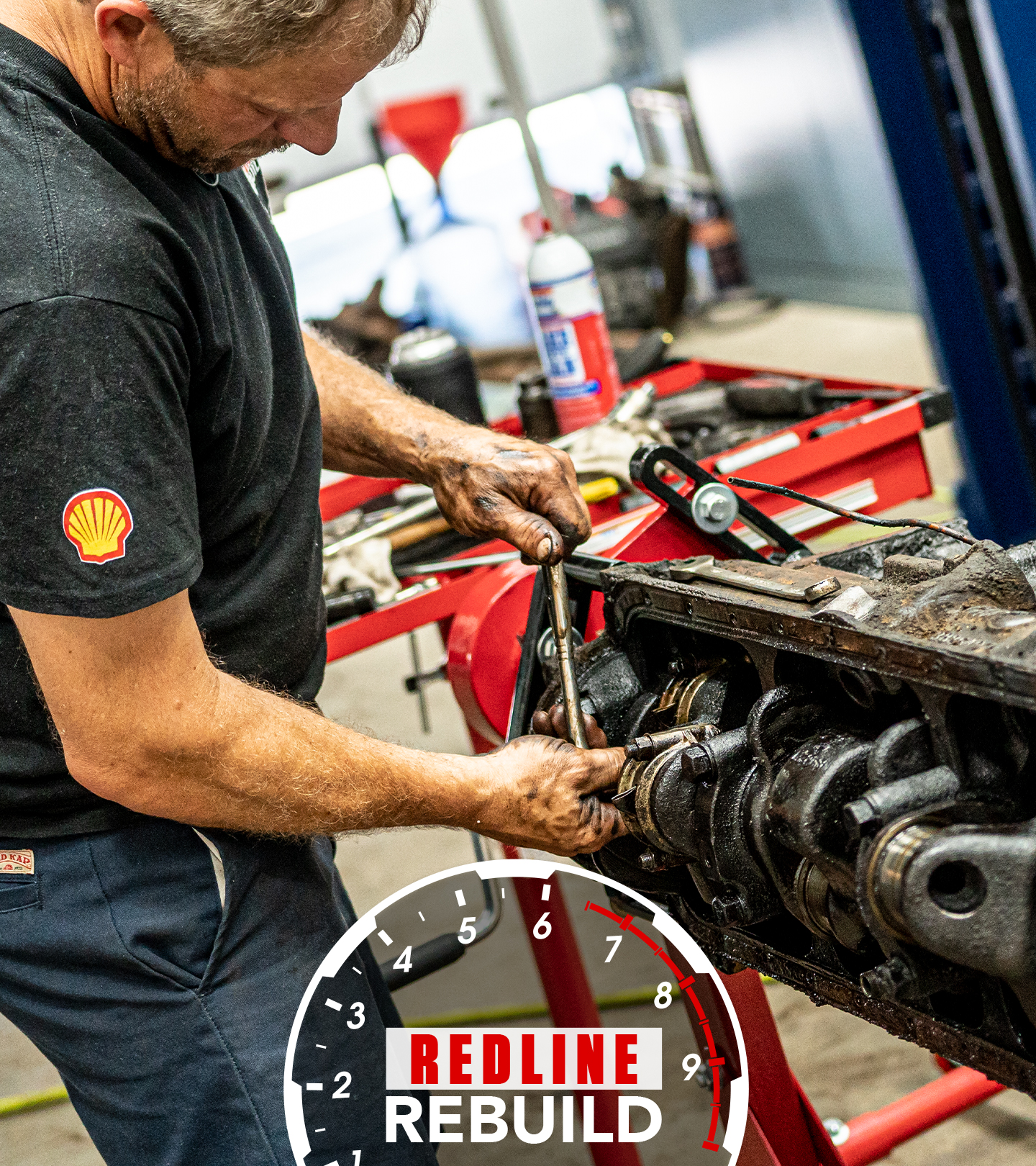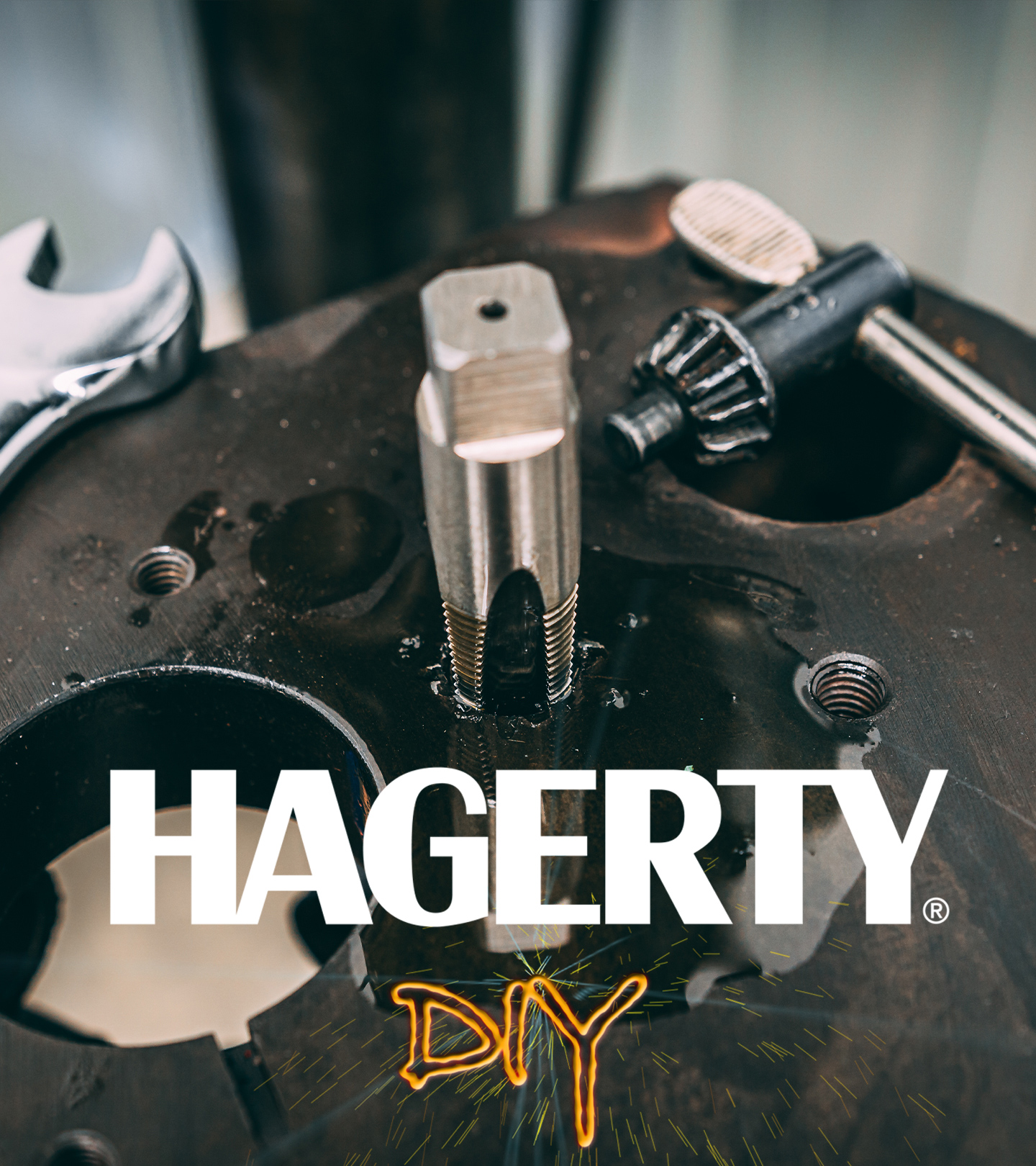Watch Chip Foose explain why designers love the ’32 Ford | Chip Foose Draws a Car - Ep. 1 - Hagerty Media
There are only a select number of automotive designs that have an almost universal draw, and the 1932 Ford Model B stands near the top of that short list. Whether factory or heavily customized, the ’32 Ford has a gorgeous appeal, but why is that? Chip Foose sat down with a pen and our cameras to share his thoughts about how this 87-year-old design is still relevant today.
How this iconic Ford became so iconic isn’t 100-percent clear. It could have been the fact it was easy to modify V-8 power, or the affordable nature of the overall package. The ’32 really hit its stride in the secondhand market, when the recovery from the war effort found a surplus of mechanically handy folks snapping up cars to build into performance machines.
The first thing to recognize is that the draw of the ’32 Ford is subjective, meaning that, of course, there are dissenting opinions as to its timeless beauty. The strongest voice against the ’32 is a call that the design is boxy, a sentiment that Chip does not completely disagree with. Of course, Chip being Chip, he alters the designs ever so subtly to create a graceful silhouette from any angle rather than accepting the shape as Ford chose. He also loves the fact that much of the design is form following function.
The Model B was produced in 14 different body styles, but Chip focuses on the three most popular—three-window and five-window coupes, and the roadster. These were the quintessential base for the hot rods that shaped car culture from the 1950s and beyond. Each has its own flair and small features that create the timelessness of the design: the forward curve of the door on the three-window coupes, the larger and better-proportioned doors on the five-window coupes.
He also lays out the changes he proposed when he worked for the infamous Boyd Coddington in the 1990s. The “Boydster” was what Chip penned, and it quickly became an iconic design that was replicated in fiberglass and proliferated throughout the country. With just a few slight tweaks to the Ford sheet metal, the Ford went from ’30s economy car to timeless hot rod. Chip even argues that though hot rodders have done a lot of customization to the ’32, there are still wild ideas yet to materialize.
Even if the design aspect is not appealing to you, it’s fascinating to watch how effortlessly Chip makes lines with his black Sharpie. The quick and swoopy strokes shape a car out of thin air, making the art of design appear so easy. That is what makes Chip Foose, well, Chip Foose.
This episode is presented by PEP BOYS: For over 100 years, we’ve been under the hood, finding better ways to care for cars and the communities that drive them. We provide expert service, letting our passion for automobiles take the wheel. Stop by your local Pep Boys Auto Service and Tires store and experience the Pep Boys Difference.











